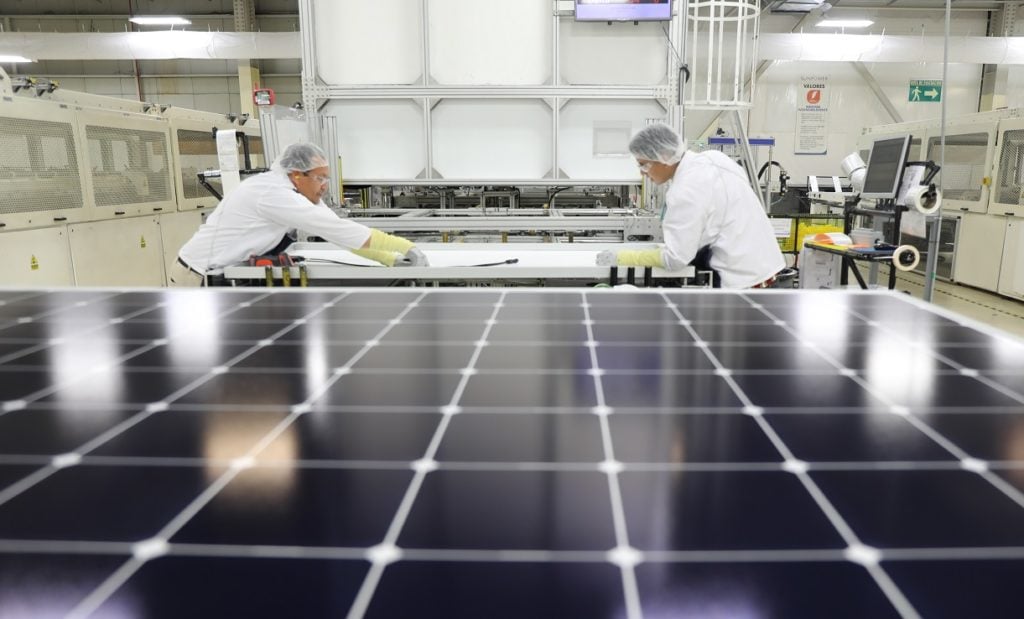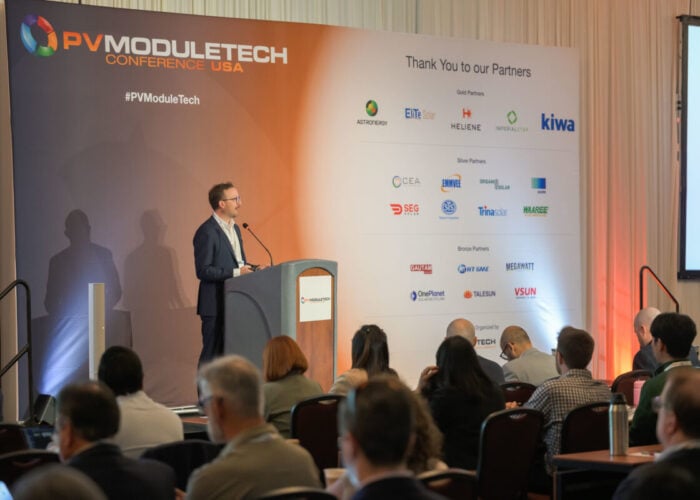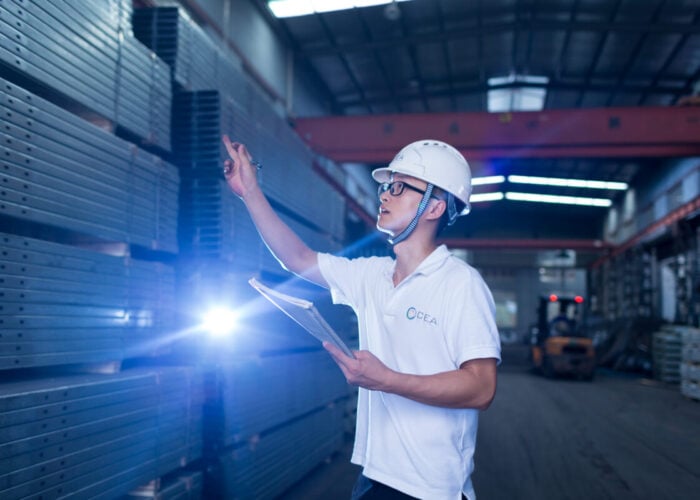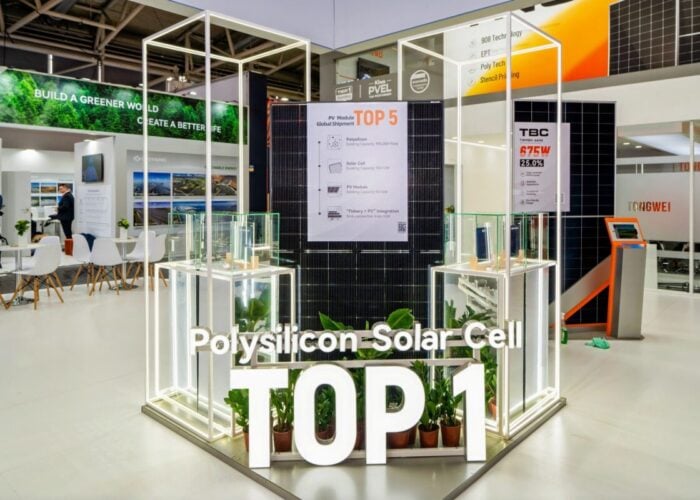
Maxeon Solar Technologies is revamping its logistics strategy after a shipping “logjam” attributed to the module maker missing its Q3 shipments guidance.
Maxeon reported Q3 module shipments of 566MW, missing its quarterly guidance of 580MW – 640MW. But Jeff Waters, the company’s chief executive, said this guidance miss was largely down to global shipping constraints that meant more than 200MW – equivalent to around 37% of quarterly shipments – of modules remained on the water at the end of the third quarter and, as a result, could not be recognised.
Unlock unlimited access for 12 whole months of distinctive global analysis
Photovoltaics International is now included.
- Regular insight and analysis of the industry’s biggest developments
- In-depth interviews with the industry’s leading figures
- Unlimited digital access to the PV Tech Power journal catalogue
- Unlimited digital access to the Photovoltaics International journal catalogue
- Access to more than 1,000 technical papers
- Discounts on Solar Media’s portfolio of events, in-person and virtual
By means of comparison, Maxeon said at the end of Q2 2021 around 118MW, or 26% of quarterly shipments, remained in transit.
The escalation of global shipping congestion, and with it freight costs, coincided with a broader spike in supply chain prices that occurred “unexpectedly” in Q3, Maxeon said. Waters added that the company’s highest exposure outbound Asia freight pricing.
In turn, Maxeon has worked on “reinventing” the design of its module packaging to increase packing density by 5% – something other module makers have also looked at – and switching the freight of some solar cell shipments from Asia to its module fab in Mexico to airfreight, avoiding particularly congested ports in California. Furthermore, the company is also working to establish outbound Asia rail transport capabilities to service its European facilities, something which Waters said would provide Maxeon a “significant speed advantage” and further options in Europe.
Nevertheless, the cost of wafers also rose “beyond expectations” in the quarter and, coupled with other price increases for materials including glass, steel and encapsulant, Maxeon said its total supply chain costs had increased by around 15% year-on-year.
Despite missing its shipments guidance, Maxeon just about hit its revenue guidance for the quarter, reporting revenues of US$220 million. The company also managed to shrink its quarterly net loss marginally, down 3.5% to a net loss for the period of US$65.4 million. Its gross loss for the period stood at US$16.7 million.
In guidance for Q4 2021, Maxeon expects module shipments to come in at the 540MW – 570MW range – the mid-point of which would constitute a sequential drop in shipments, despite Q4 being historically a busier period – which the company again attributed to supply chain constraints.
Its forecasted revenue range for Q4 2021 is US$215 – 235 million, equating to a gross loss of US$5 – 15 million.
The manufacturer did, however, stress that the results also continue to include losses associated with its out-of-market polysilicon contract with Hemlock, which locks Maxeon into buying set quantities of the material on a take-of-pay basis. Speaking to analysts, Waters said the company could yet look to negotiate a new deal with Hemlock given the current high market price for polysilicon and potential upside of selling unused quantities of the material, but stressed that any contract would look to be on more variable terms and all but ruled out signing an extended contract on fixed-price, take-of-pay terms again.
Technology and manufacturing update
Maxeon also provided an update on its technology and product set as well as manufacturing plans. It confirmed it had shipped its first Maxeon 6 modules in October and is looking to establish 200MW of manufacturing capacity of the product in Q4 2021, ramping up to 500MW in 2022. The company is too looking to ramp up in-house manufacturing capacity of the Maxeon 6 to 250MW and of its Performance line to 1.8GW next year, more than trebling its in-house capacity compared to Q3 which would help it realise “enhanced gross margins”, the company said.
Maxeon also confirmed it had completed its Maxeon 7 pilot line and manufactured its first G12 (210mm) format cells in its Fab 3 facility in Malaysia.
The manufacturer is continuing to assess its options for capacity expansion, and noted particular movement in the US related to the Solar Energy Manufacturing for America bill, which intends to establish subsidies for solar manufacturers in the US and is set to be included within President Joe Biden’s Build Back Better act.
Moreover, Maxeon confirmed it had proceeded to the second phase of the US Department of Energy’s logan guarantee process, which it hopes will help finance the development of a 3GW solar cell and module facility in the US.







